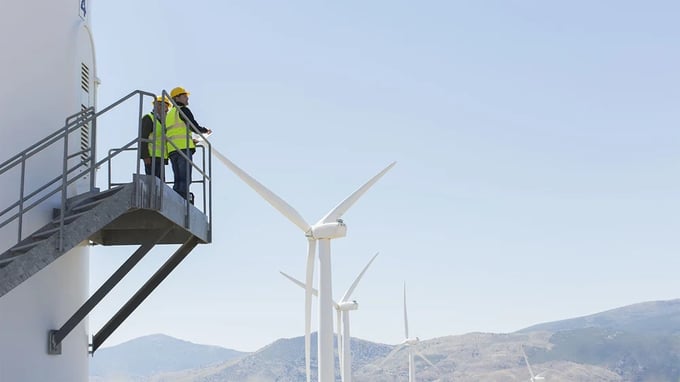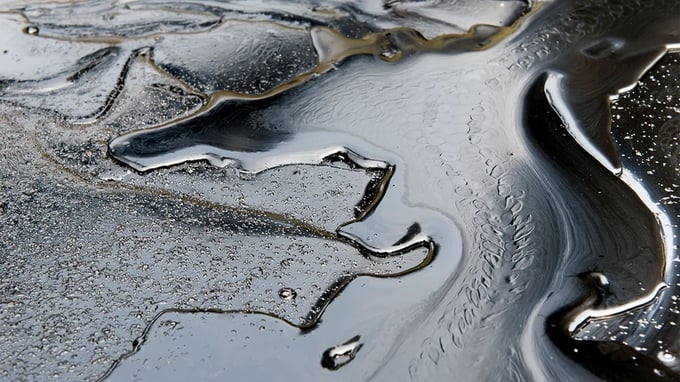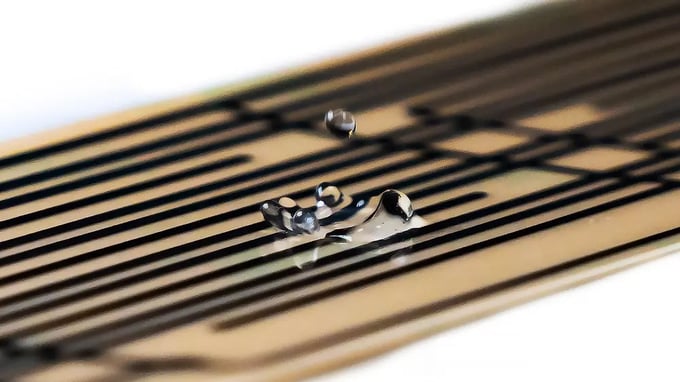During the COP26 conference, the world anticipated major steps would be taken to combat the rising temperature of the planet. While crucial topics like Article 6 and the end of coal usage were key talking points, the need for resource conservation is another urgent problem that needs to be openly discussed and consciously tackled. With 6T gallons of water wasted a year in the US alone from damaged pipework and leaking faucets, there is far more that needs to be done to tackle the wastage of resources.
LAIIER, leaks, and sustainability
An instrumented environment is an efficient and sustainable environment. We share this value with our best customers in property insurance, facilities management and building components. All of whom believe that the conservation of resources is self-evidently critical. But it is worth looking closely at LAIIER's role and impact in the world. After analyzing hundreds of use cases for our technology, we see that there are two clear ways in which we can contribute to a more sustainable industry, society, and planet.

Conserving resources
Our customers have asked us to serve hundreds of different use cases. Our discipline is ordering and organizing these use cases so that we can respond and scale. What becomes clear is that whether we are detecting a water leak, a hydraulic oil leak, or measuring the level of salt brine in tank, the vast majority of the use cases we are presented with concern the conservation of resources.
Conserving water is likely the most visceral and tangibly understood resource, but it is worth examining how we help conserve other resources as well, as the mechanisms are surprisingly similar.
In water leak sensing, we are looking for water that is leaking from a system. The economic rationale for this is the cost of the damage that frequently occurs, and the cost of the water itself. On both of these points, the cost is going up. In the last six years, escape of water claims costs went up by 53% and in 10 years water costs increased 31% faster than inflation. But water waste goes beyond visible leaks. Running toilets can waste hundreds of liters of water per day alone.
In other leak-sensing applications, we are conserving industrial materials and components like hydraulic oil and salt brine. Though used in smaller quantities than water, they are dangerous and costly materials. In the case of leaking hydraulic fluids, clean-up can be expensive, dangerous, and have detrimental secondary effects such as shutting down wind energy production or causing electrical grid failures through fires from leaking transformers.
Moving away from liquids, future use cases in occupancy sensing will see LAIIER unlocking significant energy savings through smart occupancy sensing, concrete curing measuring, air quality measurement and water quality measurement. IoT in general has a critical role to play in the efficient use of resources and the preservation of the planet, and LAIIER is committed to contributing to this effort in every way that we can.

Preventing toxic contamination
A secondary benefit of many of our use cases is the reduction of the discharge of toxic materials into the environment. For use cases like hydrocarbon leak detection, we are directly mitigating the leak of dangerous materials into the environment. In our pest control use cases, we are providing an efficacious alternative to the use of toxic chemicals to control infestations. As look forward to our product roadmap we see additional functionalities like air, water, and chemical quality sensing which will directly relate to the monitoring and mitigation of toxic contamination.

Our value propositions around the mitigation of toxic contamination
It is likely mitigation of toxic contamination will likely become reinforced by government mandates and societal pressure. After only 18 months of engagement with some of our corporate partners, we can see that they are already more sensitive to waste and contamination. Having a ready-made solution for a variety of use cases will help us make a larger positive impact and reinforce our business proposition.